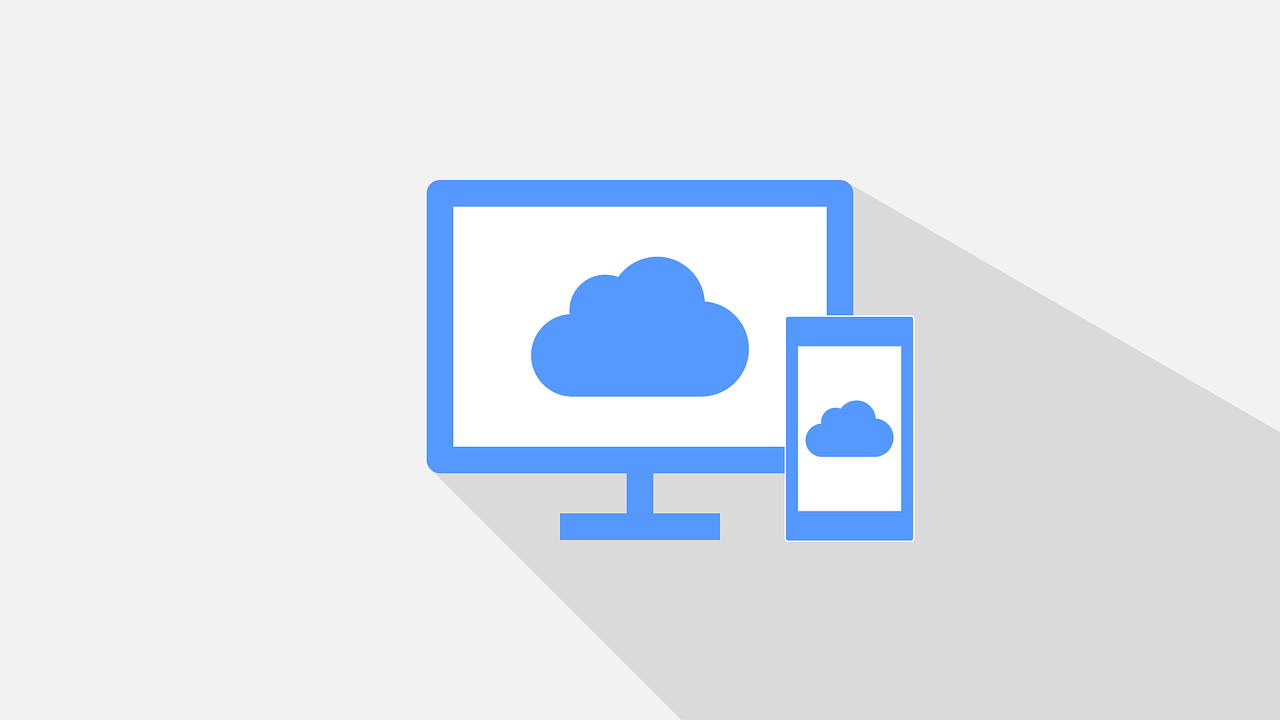
7 Great Examples of How AI is Helping Small Businesses
Artificial Intelligence is no longer a technology reserved for companies with big budgets. Today, small businesses can access AI tools that help in several ways. Such as streamlining operations, improving customer experiences, and boosting profits. The rise of affordable AI solutions has opened the door for small businesses. They can leverage these powerful technologies without […]









